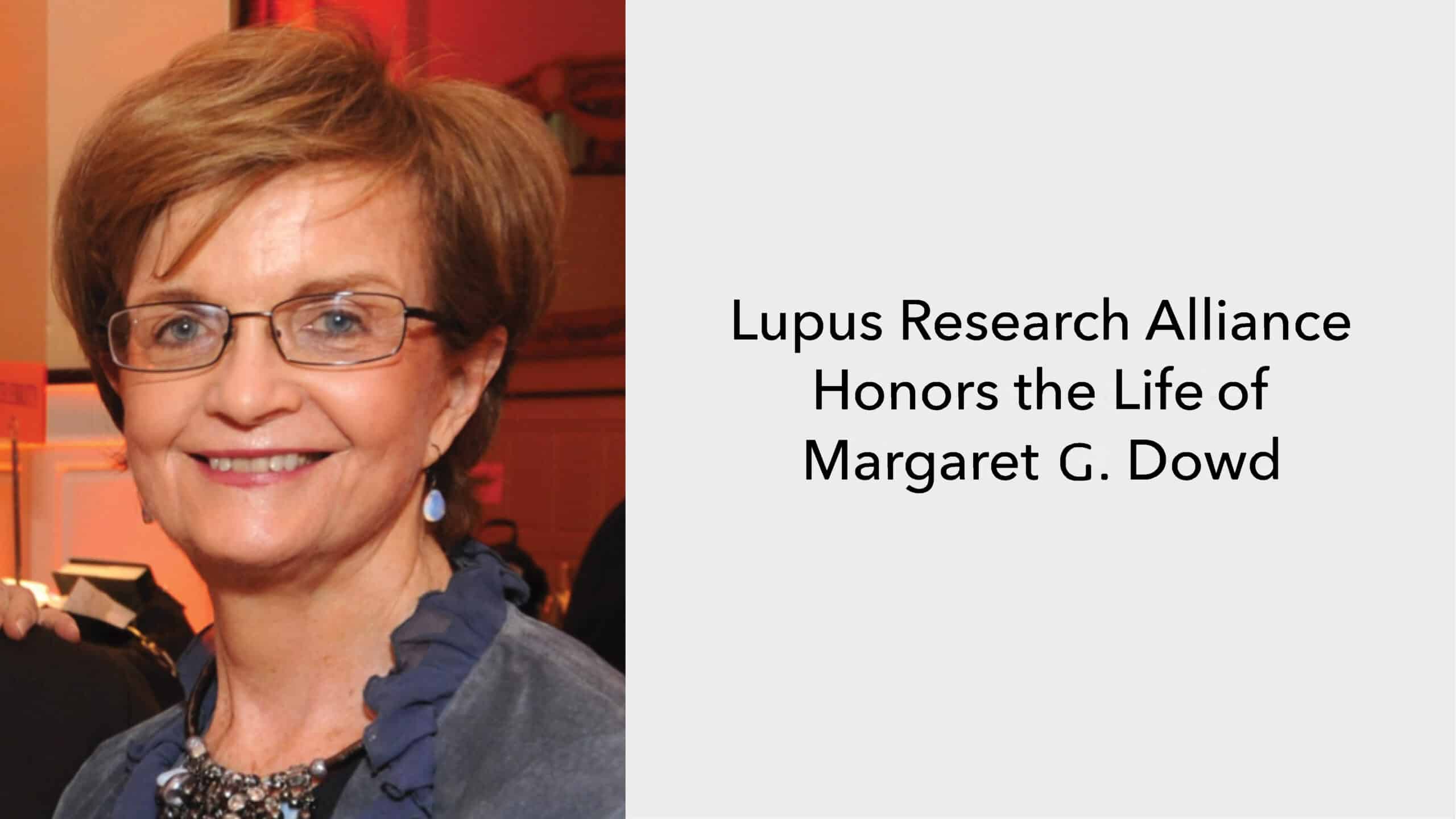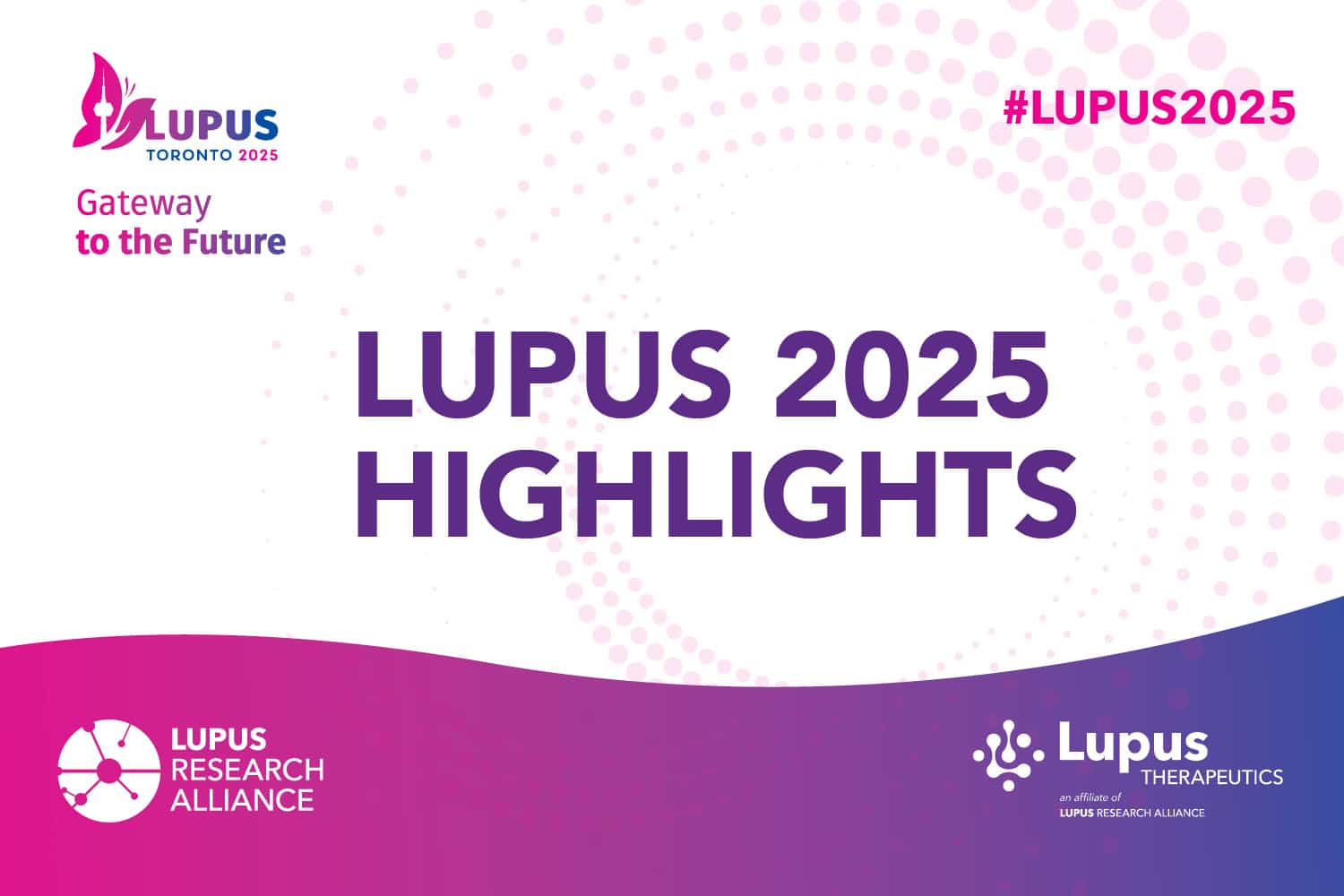LRA Grant Leads to New Drug Candidate RSLV-132

LRA Grant Leads to New Drug Candidate RSLV-132
May 10, 2019
Grant support from the Lupus Research Alliance (then ALR) supported early work that led to a potential new drug, RSLV-132.
In lupus, antibodies can target DNA’s chemical cousin RNA, which performs a variety of jobs in cells. When these antibodies encounter an RNA molecule, they attach to it, forming clusters that can trigger inflammation and damage organs, particularly the kidneys.
Dr. Keith Elkon of the University of Washington in Seattle and his team used his 2007 Target Identification in Lupus grant to demonstrate a new strategy for breaking up these clusters and curbing lupus symptoms. Dr. Elkon and colleagues developed a mouse model that is prone to lupus symptoms but also produces large amounts of an enzyme that cuts up RNA. The model showed lower amounts of antibody clusters and less inflammation in their kidneys and liver, the scientists revealed in a 2013 study. [1].
To apply the same approach in patients, Dr. Elkon and his team created a molecule, RSLV-132, that slices apart RNA in the blood. They also raised additional funds to launch a company, Resolve Therapeutics, that is now testing RSLV-132 in a Phase 2 trial involving 50 patients with lupus.
“If it wasn’t for support by the Alliance, we would not have been able to do our proof-of-principle experiment, and I doubt that the biologic would have been created,” says Dr. Elkon.
If RSLV-132 proves effective in clinical trials and receives approval from the Food and Drug Administration, it would be only the second new drug for treating lupus in 70 years.
References:
X. Sun, et al. 2013. Journal of Immunology 190: 2536–2543.



